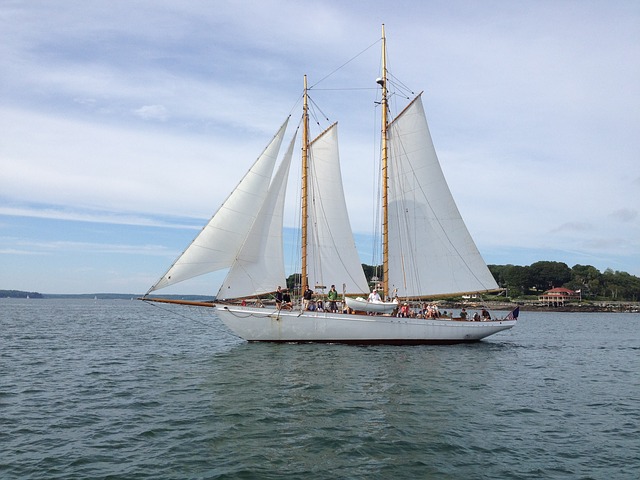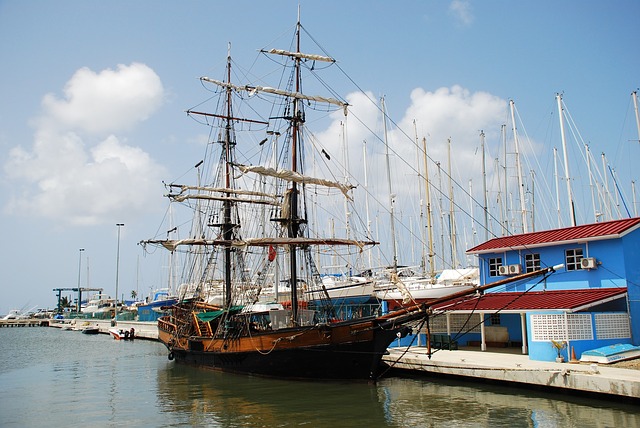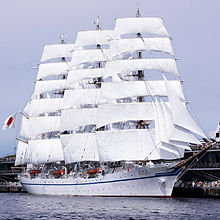In case you didn’t know yet, a ship cruise is a type of luxury vessel, which is utilised to
bring passengers in a pleasurable voyage. As opposed to an ocean liner, which brings
passengers from one point on the world to another point across the oceans, a ship cruise
transports people on board to a round trip.
Commonly, this is of different duration, from
one day to possibly a week and concludes at the original port. Ship cruises are known to be
a relaxing mode of recreation and enjoyment that refreshes the mind and soothes energies to
a greater extent.
Brief History of a Ship Cruise
The present-day type of cruising could be traced back to the onset of the 12th century when
the transoceanic travelling was at its peak.
The only mode of transport was the ships; thus,
various corporations which were in the business presented the best services to compete
within the market.
Those ocean liners along with extravagant services, presented what came to be called as line
voyages. However, because of the lengthy journey, which at best wouldn’t be less than four
(4) days, there had to be massive storage for fuel and other essentials. You see, that did
not leave enough room for luxuries.
Along with the rise of jet planes in the final half of
the last century, there was a change in passenger preference. The long ocean voyages were
left for those ardent ocean fanatics.
The Rise of Ship Cruises
The situation was perfect for the launch of a cruise ship. It required something unique and
thrilling to bring back the interest of the people to ocean voyages.
That’s where those
trips obtained fame. Considering the reality that the journey is short, with many stoppages
at striking destinations, the ships are constructed accordingly.
They now make more room and
using that space for an open design, which radiates luxury.
It would be right to compare a cruise ship to a moving hotel equipped with hospitality until
amongst other crew staff.
What are the Facilities in a Ship Cruise?
The facilities on board on such cruise liners cover wonderful dining services. You will find
some liners that provide open-air dining on the deck. Some have expensively created dining
halls along with delicious recipes, leaving a long-lasting impression to every passenger.
Aside from that, you will also find casinos, bingo rooms, cinemas, spas, fitness centres, and some ships
even offer Broadway-like theatres. The most popular activities are the casino and bingo games, of course.
Passengers get a lot of fun playing such games, and when more is needed,
they look for online bingo sites
or casino slots, trying to have some extra entertainment.
Such sip crises also boast clubs, gyms, lounges, hot tubs, swimming pools, and so much more.
In short, they pamper every passenger with the best of hospitality services,
which could be made-up with some of the choices natural views along the ocean.
Throughout the years, cruising has become a vital part of the tourism sector. In fact, it
contributes more than $25 billion annually to this booming industry.
What’s more, the major
bulk of the business as anticipated comes from the European and North American regions.
Introducing Tall Ships
On the other hand, a tall ship is a type of traditionally-rigged sailing vessel. Contemporary
tall ship rigs include barques, brigs, topsail schooners and brigantines. Tall ships could
be categorised by the shape of the ship or by size.
The word “tall ship” has been utilised frequently since the Shakespearian period. In fact,
the term was first utilised following the organisation of the first Tall Ship races. Now,
the term is utilised as a generic description of conventional sailing vessels of all rigs.
Compared to a ship cruise, a tall ship cruise sail the globe with all the contemporary
amenities and comforts you would like in a setting, which evokes the glamour and splendour
of ocean exploration.
It features wonderful design; the high masts are an excellent addition
to any port of call visiting ports often intact by bigger cruise ships. Tall ships will
offer you the atmosphere, amenities and activities of a private yacht.
Tall Ships by Class
Did you know that there are four (4) classes developed to categorise these ships by overall
rigging, waterline length and length?
- Class A
This is composed of square-rigged vessels, which includes brigantines, brigs, barques
and other vessels over 131 feet in length.
- Class B
This is composed of traditionally rigged vessels including yawls, schooners and gaff
rigged sloops. The boat needs to be less than 131 feet and a minimum waterline length of
thirty feet to be in Class B.
- Class C
This includes ships with a waterline length of approximately 30 feet and an overall
length of fewer than 131 feet. The majority of modern rigged vessels like schooners,
ketches, and rigged loops belong to this class.
- Class D
Similar to Class C, Class D includes modern rigged vessels like Bermudian rigged sloops,
ketches, and schooners all with a waterline length of approximately 30 feet and an
overall length less than 131 feet. The only difference between Class D is that it brings
spinnaker-like sails.
Tall Ships by Type
 Schooner
Schooner
Such vessels were first utilised by the Dutch in the sixteen and seventeenth
century. Later on, schooners were developed in North America and were mainly utilised in
New England by the eighteenth century.
Schooners were mostly utilised for tasks, which
needed speed like offshore fishing, slaving privateering, and blockade running.
 Brigantine
Brigantine
In the thirteenth century, a brigantine was considered as a sail and
oar-driven war vessel. In fact, lateen-rigged refers to the boat, which could track
against the wind.
It was the favourite kind of ship of the Mediterranean pirate because
of its mobility, speed and being simple to handle. Brig
Brig
On the other hand, a brig was utilised originally as a standard cargo ship in
the early nineteenth century. It earned the reputation of sailing “fast and well.” It
was employed often in the nineteenth century for historical naval wars such as the
Battle of Lake Erie.  Barquentine
Barquentine
This kind of vessel features 3 masts; each is fore and aft rigged
excluding the square mast. These type of tall ships are often seen in the North and
Baltic Sea.  Barque
Barque
This is a kind of vessel, which has approximately three masts along with main
masts and fore being square. These days, most “sailing school” ships are barques.  Full-Rigged Ship
Full-Rigged Ship
This kind of vessel has approximately 3 masts that are square-rigged
each. These were typically seen throughout deep-water cargo transporting trips in the
nineteenth century.
 Schooner
Schooner Brigantine
Brigantine Brig
Brig Barquentine
Barquentine Barque
Barque Full-Rigged Ship
Full-Rigged Ship